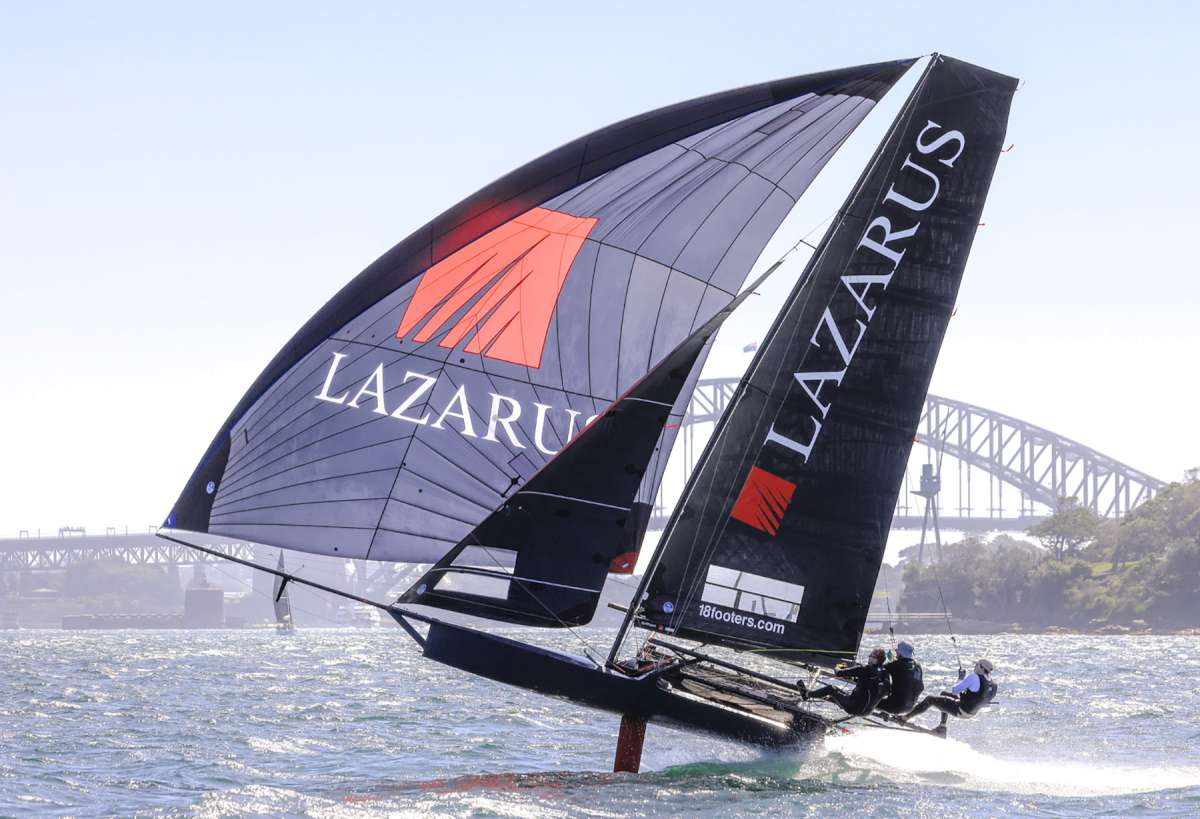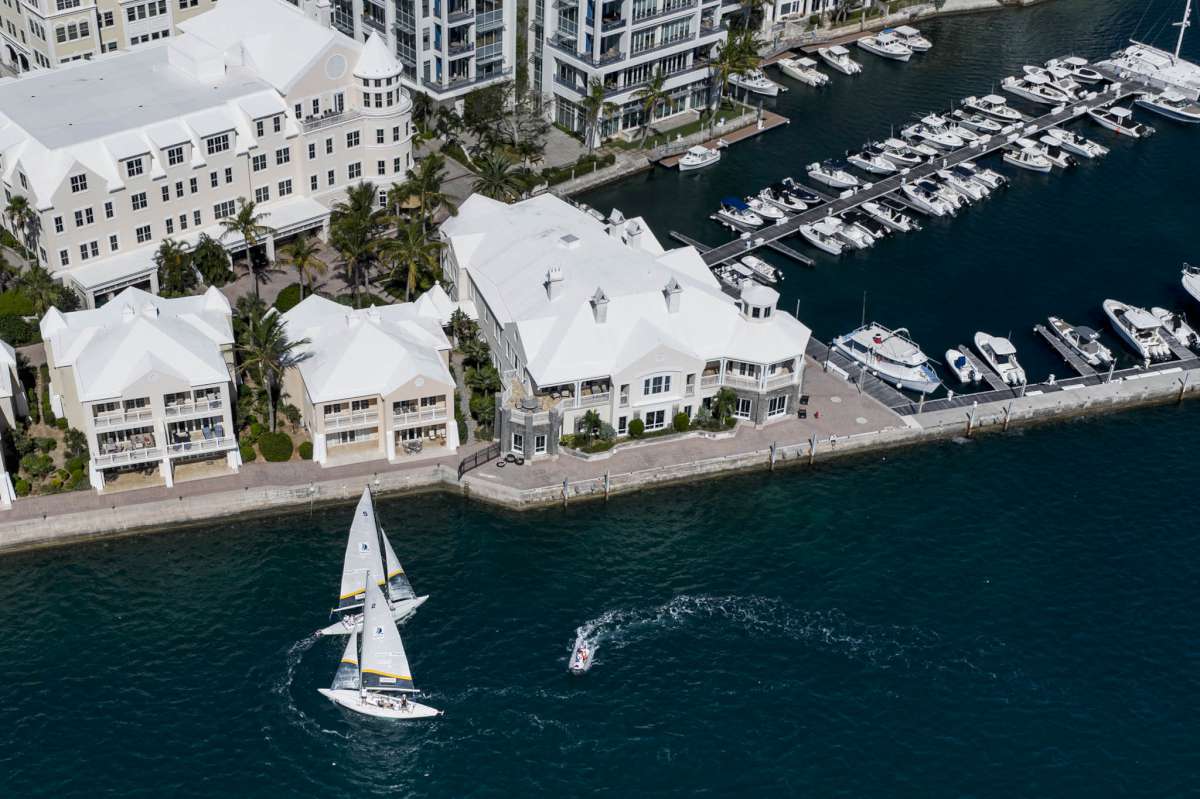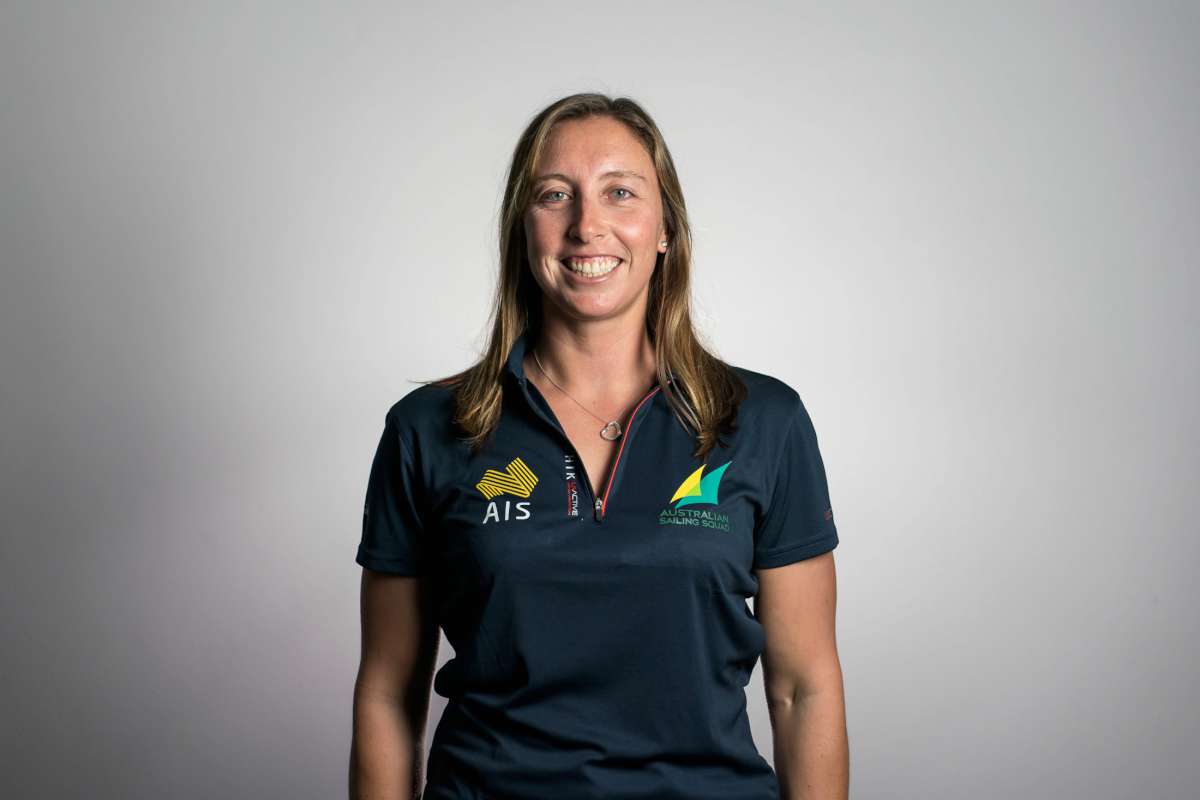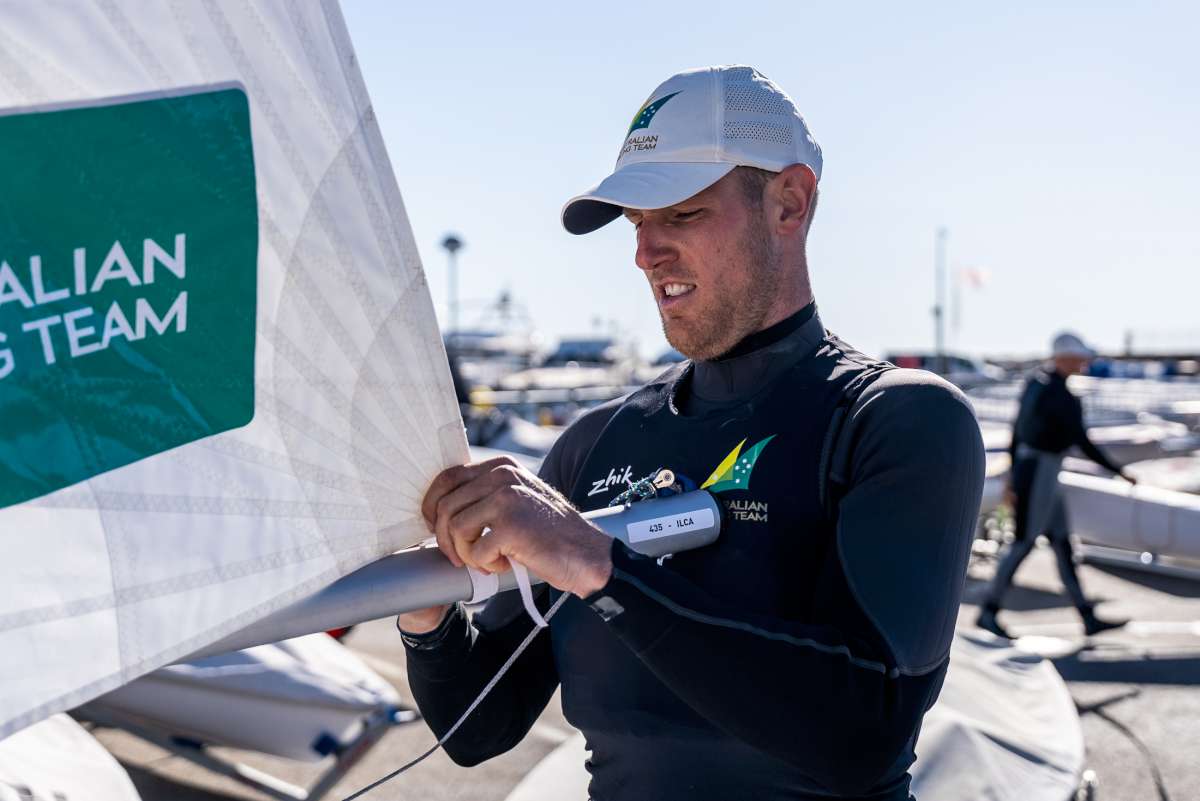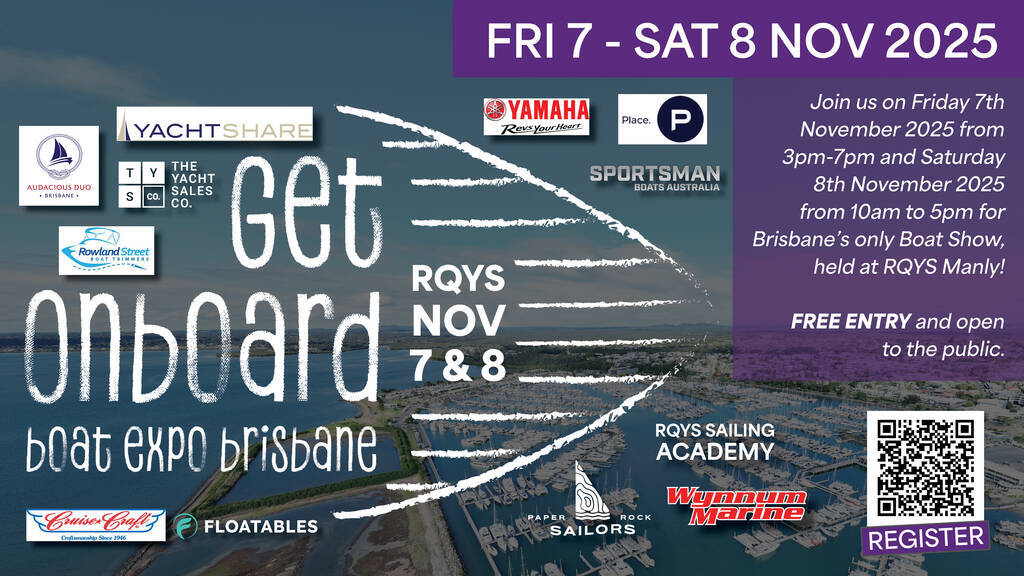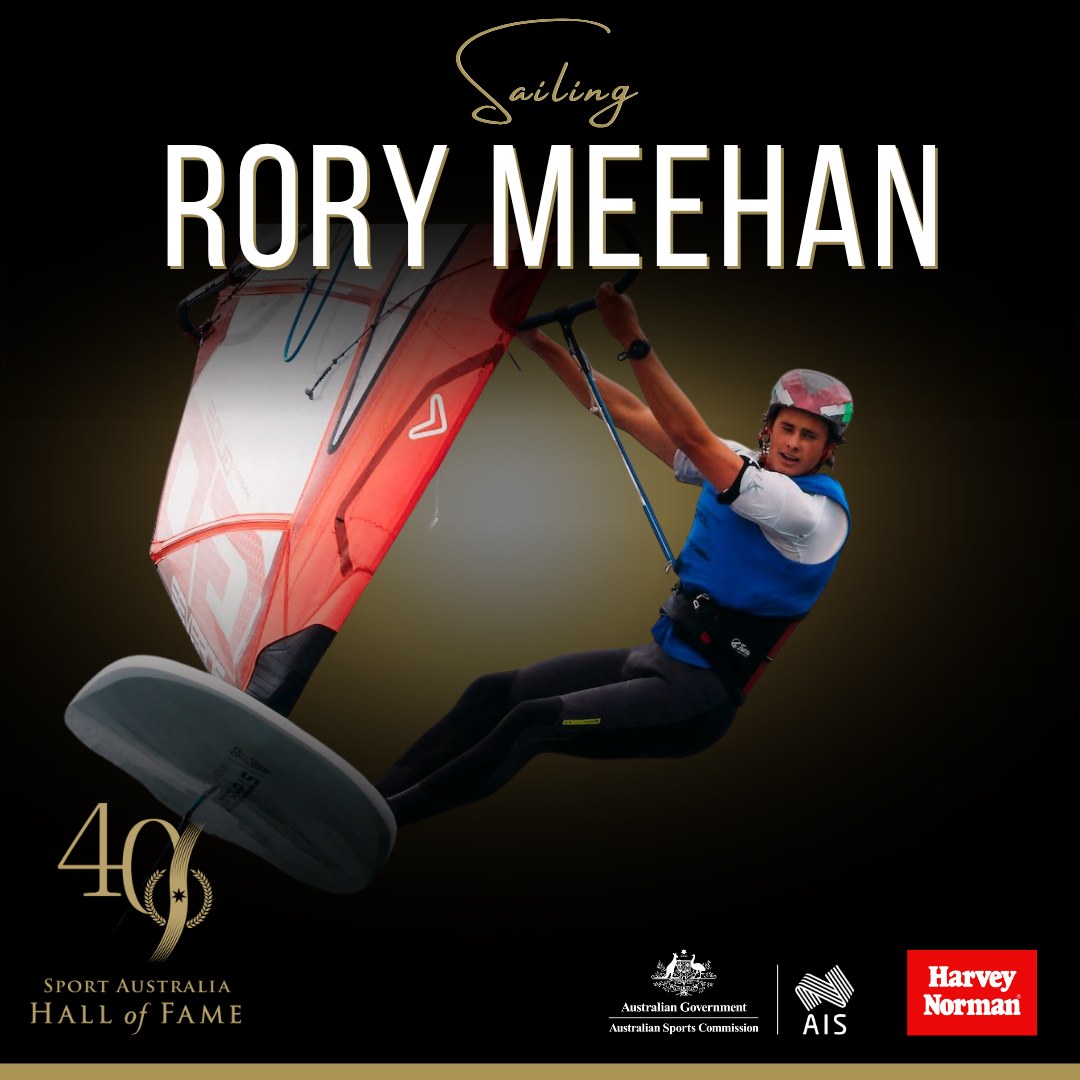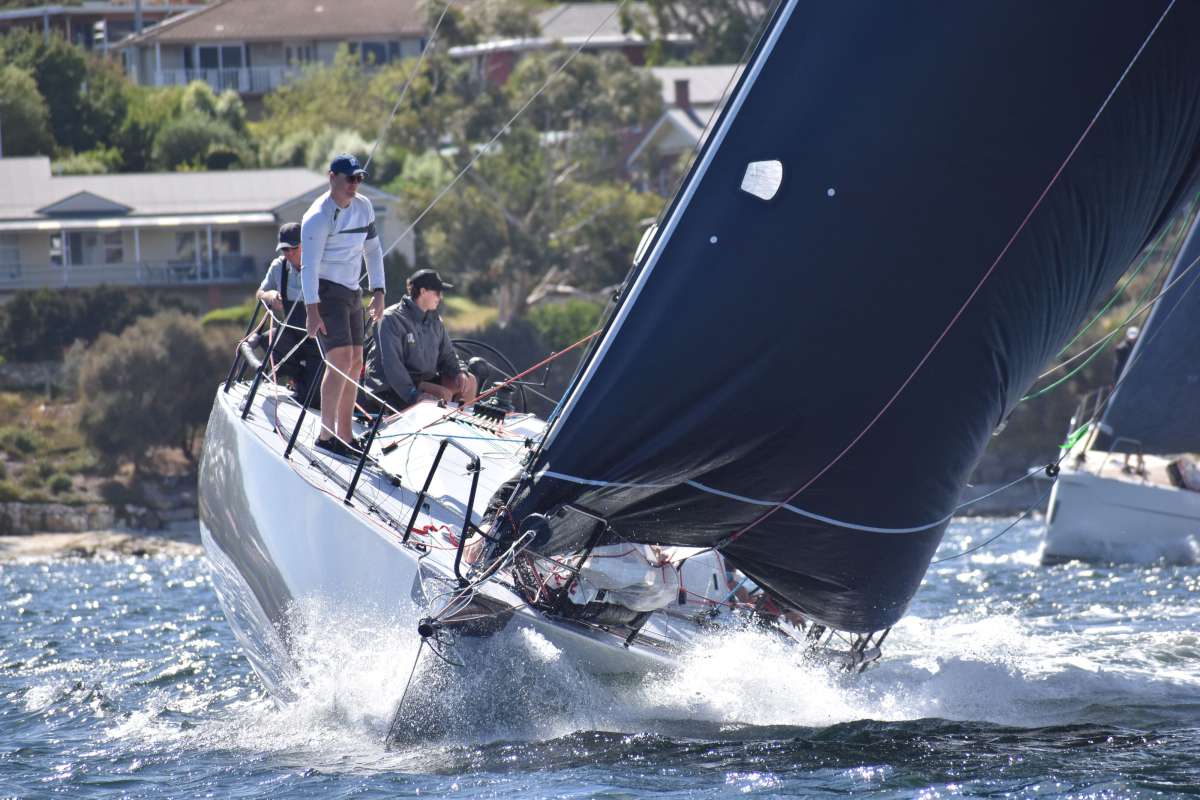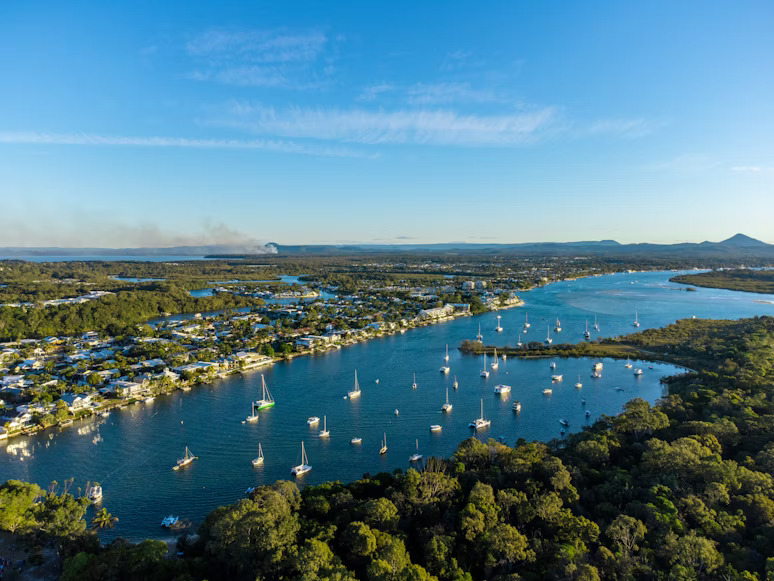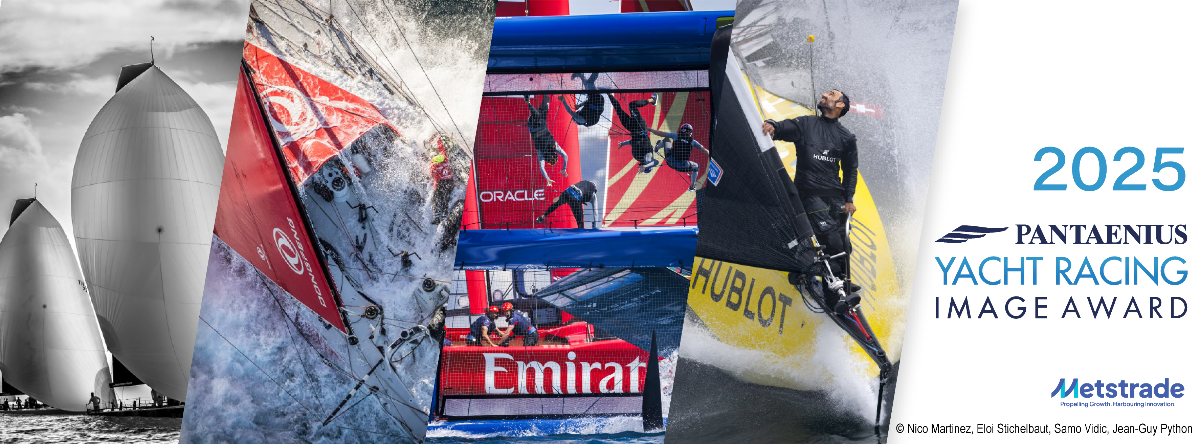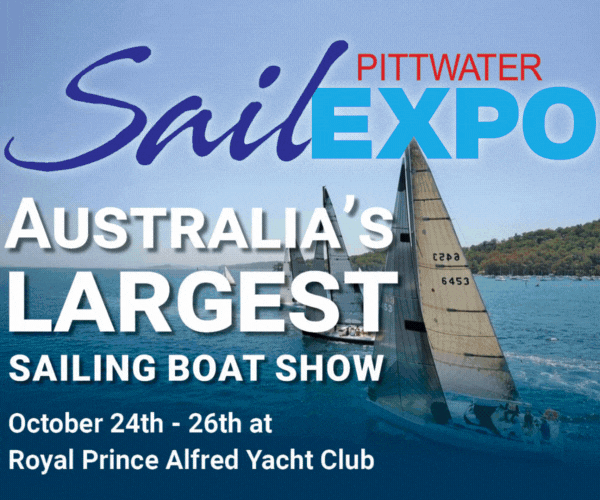This blog is about the restoration of the first ever TP52 to ever hit the water. Having been neglected for years, we decided to recycle it, rather than pull it apart and sell off the parts.
When we purchased this vessel, it was in very poor condition. I recall the vessel inspection when I was checking the engine and could not find the dipstick. I know Yanmar’s pretty well, so I thought but, feeling around the engine looking at both sides, for the life of me I couldn’t find the dipstick to check the oil.
So Annika had a look too and she has a higher marine engineering qualification than me and she too couldn’t find it. I finally gave up and went to sit at the navigation station and, guess what? I found it, along with a rusted out sump, sitting on the nav table.
Basically the entire sump was not on the engine so I felt under the engine and the bottom end felt rather rusty. When we got it back to Brisbane and removed the engine, we actually found a high tide line half way up the flywheel.
But this was of no concern to us. We knew that when we bought the boat that the engine wasn’t working, however we had other plans anyway.
The engine and sail-drive sat in the middle of the boat and hence the companionway came down over the top of it and a fair way forward. This takes up so much room in the saloon and as we wanted a bit more living space downstairs, the plan was to remove the engine and sail-drive anyway.
What would we replace it with and where would it go?
Both Annika and I are traditional people when it comes to engines. The safety of a shaft offshore is something we both like, however what would drive it. If you put an engine further back it will mean the boat is aft heavy.
From the very beginning we had other ideas for this boat. This was not going to be a normal restoration. We wanted to go ‘zero emissions’ and hence, just like an electric car, we would go with an electric drive.
There are a few good options on the market these days. Alex Thomson from Hugo Boss went with OceanVolt which is a nice compact unit based on a sail-drive, however the best drives we found, were the Bellmarine drives which are built for commercial purposes.
That appealed to us for many reasons: they understood commercial regulations and, while there are no rules in yachting when it comes to electric drives, we wanted this boat to be safe and reliable for many years to come.
I just happened to have met Steve Mullie from EcoBoats Australia on a visit to Sydney when we were picking up the boat. He came out on one of our clean-ups on the Georges River. If you’re not passionate about the ocean, you don’t come on one of our hardcore clean ups, so immediately I knew that Steve had a passion and that also played a huge role in our decision.
In electric drives, you multiply the kilowatt by 3 and you get the equivalent horsepower. So with a 50hp coming out, we needed something around a 15-20 kilowatt electric drive. Having been on a sail-drive with a 2:1 ratio drive, going to a shaft would actually give us more power as it would be 1:1.
We had a look at all the options, however the end decision was quite simple for Annika and I, we went with the Bellmarine DriveMaster 15kw.
Before, I mentioned about placement and not being too far aft, well the best thing about an electric drive is that the drive unit itself is light, it is the batteries that are the heavy part. We removed a 260 kilogram engine and a 50kg sail-drive from our boat. But the Bellmarine DriveMaster 15kw is just 42kg.
So placing this aft of the new companionway upright was not too much of an issue. We just needed to put the batteries forward of this. We are not electric experts so we are working with Steve and Brent (Bellmarine Brisbane) to come up with a solution.
Battery technology is increasing rapidly and cost is decreasing quickly too; so the later we leave that purchase, the better. However, the concept will be simple: put it in the old engine bay, under the floor. This will not only balance the boat better, it will actually lower the centre of gravity for the boat, which is advantageous when racing.
Which brings me to the whole concept of this boat.
We are trying to prove that you can go racing at the top end with an electric drive and zero emissions. A TP52 can do over four knots of boat speed in 4 knots of wind, in fact upwind our boat is meant to do 4.45kn in 4kn, or 4.77 downwind. Hence, in 4 knots, there is no need to motor as you will be doing good speeds anyway.
So realistically you only need an engine to get out of the marina and back into it and you need power to run electronics.
The average boat will hold around 0.5-1 kilowatt hours of battery power as standard and then use a dirty diesel engine to charge those batteries throughout a race, pumping all the diesel fumes straight into the water through the exhaust.
So, by replacing the engine with batteries and using natural resources like sun, wind and water to charge the batteries instead, we not only get a lower centre of gravity and similar weight (pending battery capacity) we also get a cleaner way of going yachting.
The ultimate decider is there is no noise. Remember that feeling of shutting down the engine and going sailing in silence, I call it the ‘ahhh factor’. That moment when it goes silent and you go ‘ahhh’.
Now for the big issue we are having
How much battery power do we need? We want to race in Australia’s biggest yacht races and hence have to comply with the Australian Sailing Special Regulations.
Unfortunately the current set of regulations don’t cater for electric drives. The new 2021-2024 Australian Sailing Special Regulations just got released and unfortunately, despite us talking to them about the need to move to the future, nothing changed.
We are still in contact with them and hopefully an amendment is forthcoming in the near future, however at present all engines must have an exhaust and permanently fitted fuel system. Unfortunately an electric engine doesn’t have an exhaust so technically we can be disqualified before we start unless we seek special dispensation from the race organisers.
To be honest it is very frustrating that Australia is behind the times as there is a precedent set by the World Sailing Offshore Special Regulations already. In fact we can race in any race that is covered by the OSR, but not in Australia. In addition, the amount of battery power we require would be different even if we got around the technicalities.
This is quite complex and has taken a lot of work to get to these figures, so I will try and break it down here.
At present, the Australian regulations require you to have enough fuel to motor at hull speed, into a 12 knot headwind, for 8 hours. Based on our vessel, that means we have to steam at 6.89 knots for 8 hours. Based on this, we would need 72kw hours of battery power.
At $1000 per kwh and approximately 10kg per kwh, that becomes excessive in both price and weight.
Meanwhile, if we entered an event under OSR regulations, they require you to steam at hull speed with no headwind for 5 hours. This would bring our requirements down to 45kwh of battery which is a significant drop.
We aim to permanently install 25kw of battery power and then, for racing, would either hold a fuel cell of some sort or there is still a possibility of a small generator run off biodiesel. The difference between regulations would mean if we ran a generator, we would need a 9kw generator for Australian regulations or a 4.5kw for OSR. This would only be used in emergency situations of course. We understand that this would mean we aren’t 100% zero emissions in an emergency situation. It would simply be to comply with current regulations so we can actually go racing.
The OSR regulations also have an environmental code at the very start. It states: ‘encourage new offshore racing yachts (OSR Cat 0, 1 & 2) constructed after 2022, to produce at least 20% of their power requirements using renewable energy sources whilst racing’. We plan to produce 100% of our power from renewable energy sources by using a deck full of solar panels and hydrogeneration.
The Bellmarine drive can be used in ‘regen’ mode so the prop can spin backwards and charge the batteries using the motion of the boat through the water, however as this would slow us down significantly, we are looking into a Watt & Sea Hydrogenerator which are obviously very good considering most of the IMOCA’s run them and the winner of the recent Vendee Globe is the designer of the system.
In fact, we believe that we will have enough power on the boat from the start to finish the Rolex Sydney to Hobart race with all electronics running and cooking on an induction cooktop, without any energy being created as 25kw is a lot of power, however with solar and hydrogeneration, we are likely to turn up to the dock with full batteries.
Considering in the last Sydney to Hobart many vessels had issues starting their engines and hence had to conserve power for radio calls, one would say that our drive system would be superior. Our fuel system won’t get water contamination and hence render it useless, we will also have a back up house bank separate to the drive bank and we will have so much power we won’t need to run an engine to charge the batteries.
Now of course, this is a yacht race and things can happen. What if we lose our mast I hear you say? Not only will we still have solar, we will carry a wind generator downstairs that we can plug into the back of the yacht to provide extra charging. So as we steam along, we will generate power from the sun, wind and water, assuming we use a Watt & Sea Hydrogenerator.
So we should be able to steam endlessly and not have to rely on how much diesel we have. We may have to adjust our speed to what power we are generating, however if you only carry enough fuel for 8 hours steaming you may have to do that even with a diesel engine and, unlike the diesel, we can regenerate power continuously. You can’t just mine diesel in the middle of the ocean.
We are still waiting to hear back from Yachting Australia on the outcome of our requests. If they don’t change the regulations, then we will have to apply to race management for every race we enter for an exemption. This would need to happen even for a Cat 5 race.
On land, every vehicle manufacturer is coming out with electric drives with even the American giant GMC saying they will be 100% electric by 2035. European manufacturers are talking 2025. So, as people who go out to enjoy our ocean, why aren’t we all going electric instead of pumping those emissions straight into the very ocean we want to enjoy?
It’s time we all consider alternatives, at least installing systems to charge our batteries from renewable energy. It is far safer and much cleaner than using your engine, and you can enjoy the piece and quiet more often.
The team at EcoBoats Australia are very knowledgeable about all these types of systems. If you are interested in learning more, we highly suggest you give Steve or Brent a call to discuss the best options for your boat.
Meanwhile, our blog is a long way behind the project purely because finding time to write it between our waterway cleaning programs and the build is really hard. To follow more regular updates of our project visit www.Facebook.com/JBirdIII and to follow the efforts of our charity visit www.OceanCrusaders.org
Ocean Crusaders is a charity dedicated to cleaning our oceans. We go places others don’t want to, remove rubbish others don’t even know is there and we do it for one reason, for our marine life. J-Bird III was destined to be scrapped if we hadn’t bought her. Now she is being recycled and given a new life. Our motto for this boat will be ‘Zero Emissions, Zero Compromise’ as we turn her electric. That doesn’t mean we have to compromise on anything in the way of performance!!! We are seeking sponsors for a race program so if you are interested or know someone who is interested in supporting this campaign, please contact us through our website.
NB: While this vessel will be used to promote Ocean Crusaders, the boat is paid for by Annika and I personally. No funds raised through donations or fundraisers for the charity will go into this project. Sponsors for this project will receive benefits through Ocean Crusaders as we will always promote our charity and those generous supporters with this boat.
Clean Oceans Make Us ALL winners!!!






